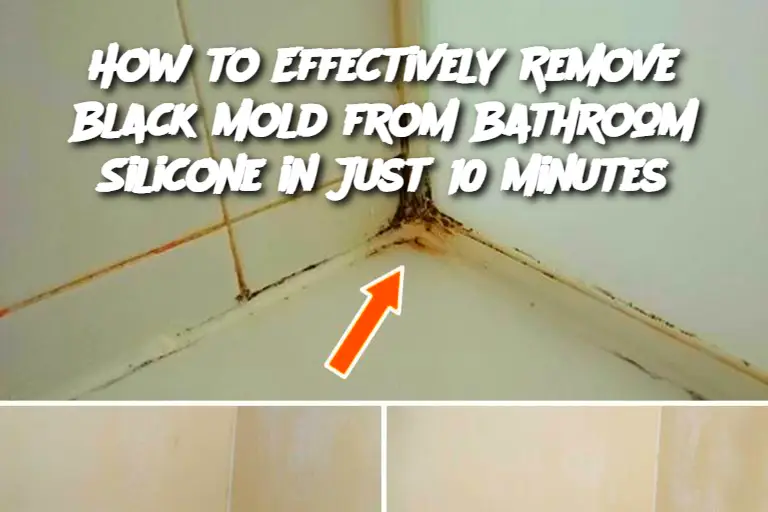ADVERTISEMENT
Tea Tree Oil Solution: If you prefer a natural approach, mix 10 drops of tea tree oil with a cup of water. Spray this solution onto the mold and scrub after 10 minutes. Tea tree oil has antifungal properties that effectively fight mold.
Bleach Option: If the mold is particularly stubborn, you can use a diluted bleach solution (1 part bleach to 10 parts water) as an alternative to vinegar. However, bleach may cause damage to some types of silicone and emit harsh fumes, so use caution and ensure the area is well-ventilated.
Frequently Asked Questions:
How can I prevent mold from coming back? Regular cleaning is essential. Ensure proper ventilation in your bathroom, especially after showering, by using an exhaust fan or opening a window. You can also apply a mold-resistant silicone sealant for added protection.
Can I use this method on other surfaces? Yes, this method is safe for most hard, non-porous surfaces like tiles and grout. However, avoid using vinegar on natural stone surfaces like granite or marble, as it can damage the stone.
Is hydrogen peroxide safe to use on silicone? Yes, hydrogen peroxide is safe for silicone. It’s a mild bleach alternative and works well for mold removal, but it’s essential to dilute it and test it on a small area first to ensure it doesn’t cause any discoloration.
What should I do if the mold keeps returning? If the mold keeps coming back, it may be an indication of excess moisture. Check for leaks, poor ventilation, or other underlying issues contributing to the mold problem. Consider replacing the silicone if the mold continues to be persistent.
By following these simple steps, you can effectively remove black mold from bathroom silicone in just 10 minutes and maintain a cleaner, healthier bathroom environment.
ADVERTISEMENT
